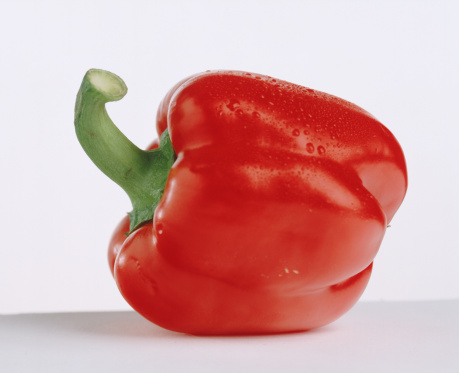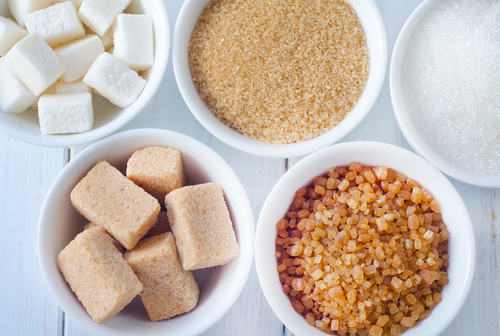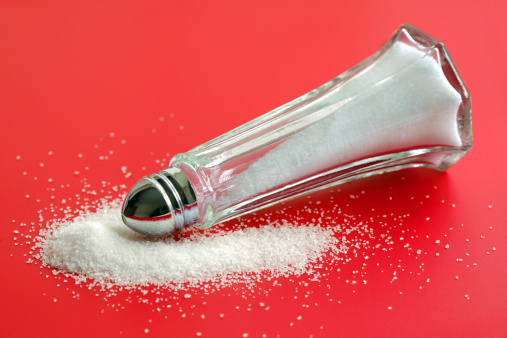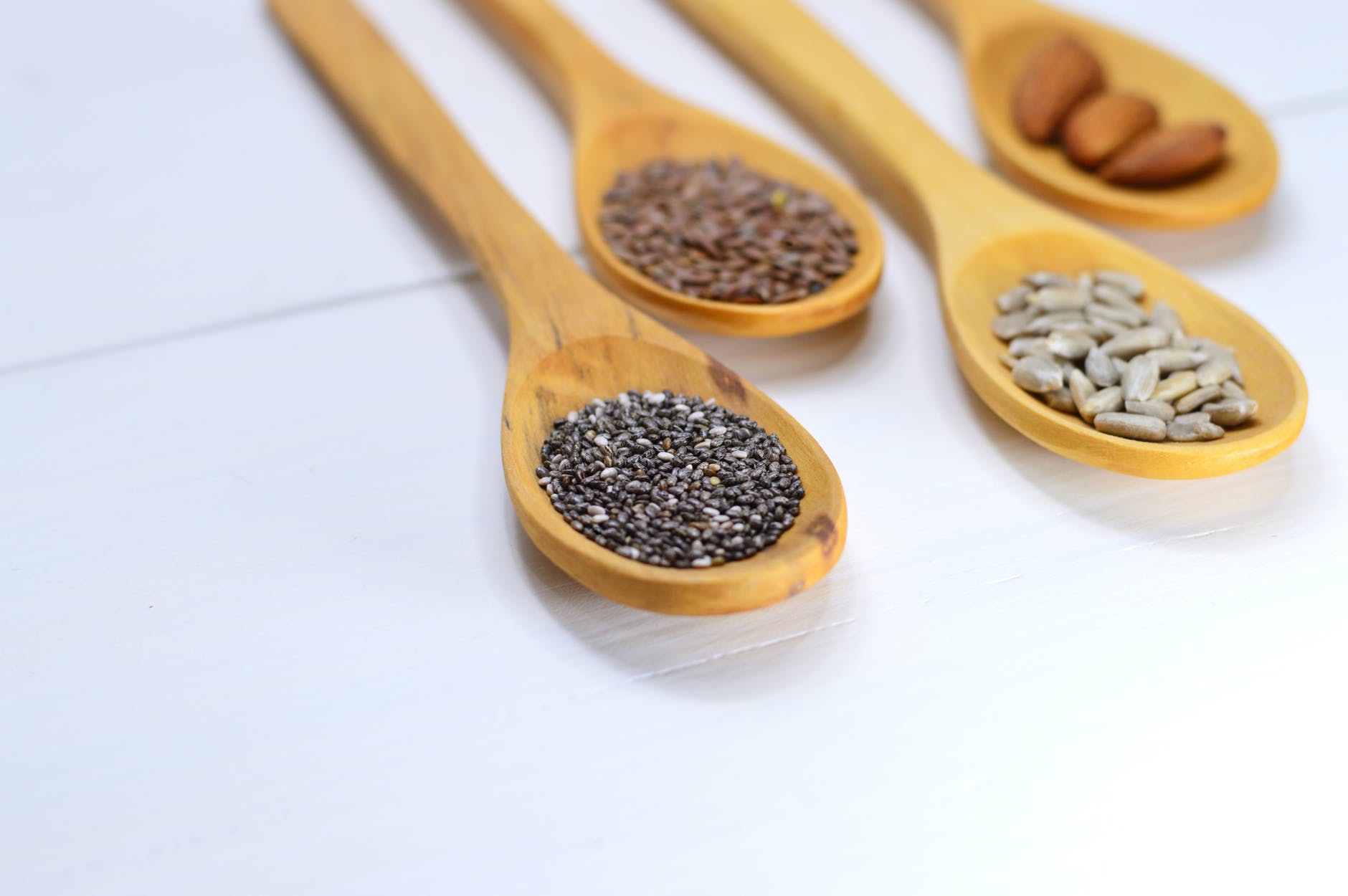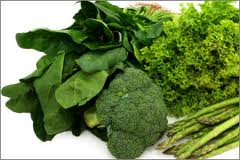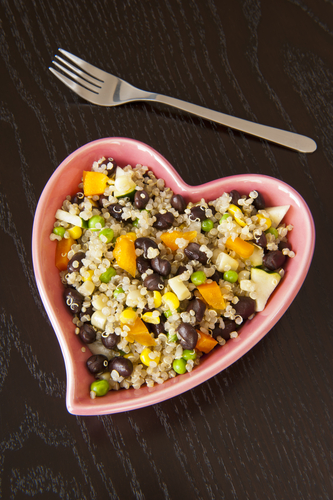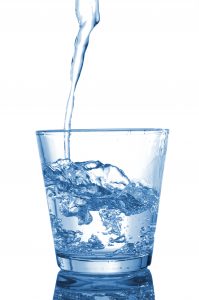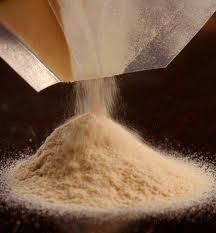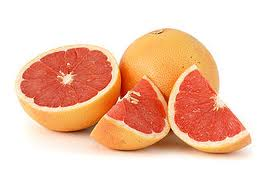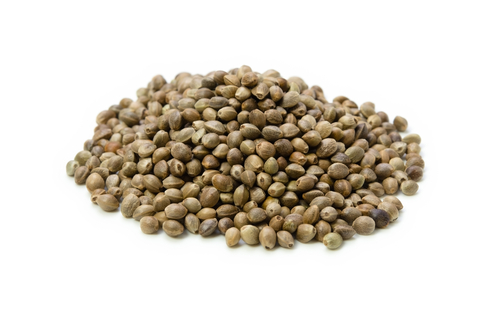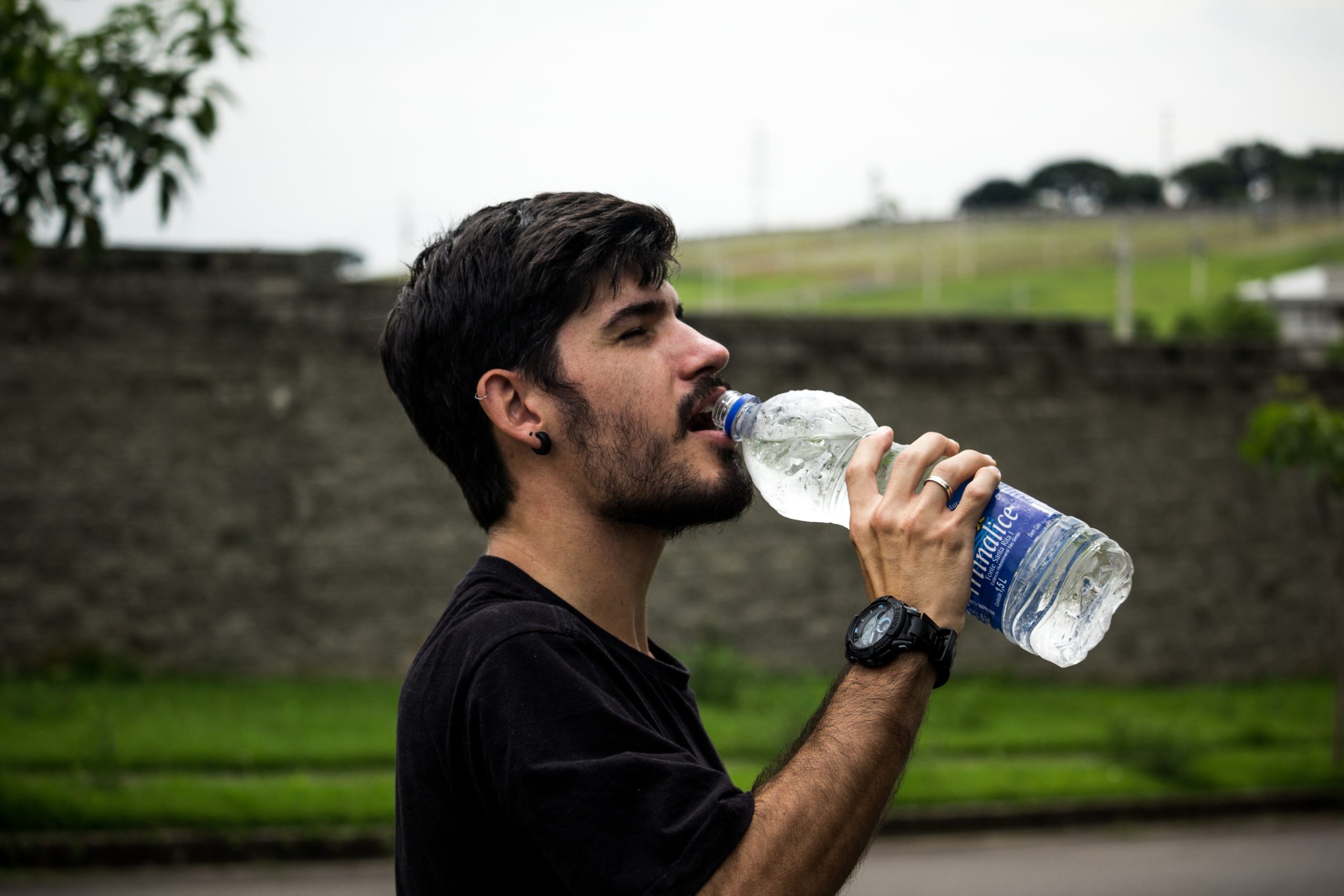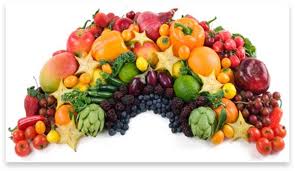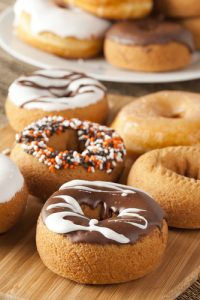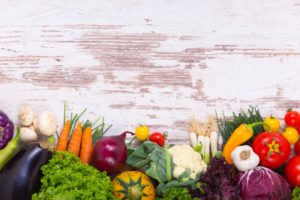How to Protect Your Skin as You Age
How to Protect Your Skin as You Age

Did you know that the average American woman spends about $300,000 on skin and beauty products in her lifetime?
We all want to look and feel younger, with healthier looking skin because let’s face it. Your outside appearance is one of your most noticeable attributes.
However, the problem is most anti-aging serums and products do not address the root of the problem. The real issue, and what should be a great concern for both women and men alike, is accelerated aging.
Most accelerated aging is primarily a result of chronic inflammation in the body, which is driven by oxidative stress.
The good news is that that the major contributing factors to accelerated-aging and aging disorders are somewhat controllable and can be mitigated by lifestyle, food choices, and the way we handle stress.
All of which can help minimize body inflammation caused by free radicals.
You may have heard the term free radicals, and that we should avoid them.
Technically speaking, here’s what free radicals are any atom or molecule that is missing an electron in its outer shell that attacks and destroys other healthy atoms to get the electron it’s missing.
These free radicals start to accumulate as we age and leave cells damaged through a process called oxidative stress. When left unchecked, this is what causes accelerated aging.
Accelerated aging from oxidative stress damages the collagen in our skin, especially in the face.
It is caused by a number of things, including:
✦ Excessive Sun Exposure

✦ Environmental Elements
✦ Smog
✦ Bad Diets
✦ Sugary foods
✦ Poor Sleep
✦ Alcohol ✦ Cigarette Smoke
✦ Cigarette Smoke

All of these factors are a skin-aging recipe. No wonder we are spending so much on skin and beauty products!
Skin damage caused by oxidative stress can include:
☛ Brown Spots
☛ Broken Blood Vessels
☛ Weakened Skin
☛ Loss of Skin Elasticity
☛ Wrinkles
☛ Uneven Blotches
☛ Blemishes
While the effects above are concerning, there are things you can do to minimize accelerated aging and oxidative stress on your skin, face, and body.
Squashing Free Radicals
One way to help squash free radicals and oxidative stress that give way to accelerated aging is getting more antioxidants!
Antioxidants are compounds that give an electron to a free radical so that the free radical doesn’t have to take the electron from the skin’s atoms.
Antioxidants assist in protecting and promoting the building blocks of collagen, but since antioxidants are destroyed and oxidized in the process, you have to keep feeding the body and skin fresh antioxidants to keep up with the free-radical damage.
Sound simple enough?
Well, in theory, reaching for antioxidant-rich foods such as berries, artichokes, herbs, spices and green teas that also include vitamin A, vitamin C and vitamin E and can be a great idea, but it is just too difficult to get all the antioxidants you need to prevent free radical damage from food alone.
Luckily, there is a much better way!
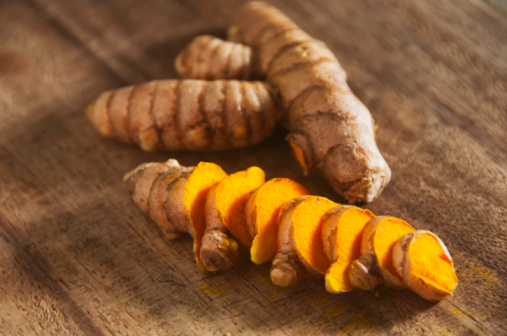
The number one free radical fighting supplement you can take is curcumin. If you haven’t heard about curcumin, it’s the amazing healing compound found in the turmeric root.
Antioxidant-rich, it’s a fantastic daily supplement for fighting inflammation that helps improve cellular health and helps reverse oxidative stress to prevent accelerated aging. It’s also great for managing your joint, digestive, brain, immune, and heart health, too.
If you’re spending money on anti-aging products and still seeing the signs of accelerated aging creeping in, then try adding a high-quality curcumin supplement to your daily routine today!


